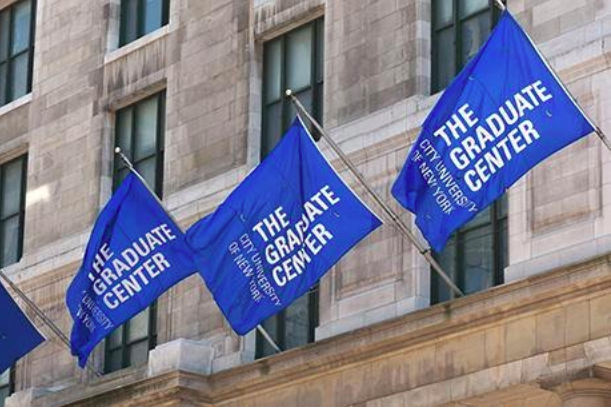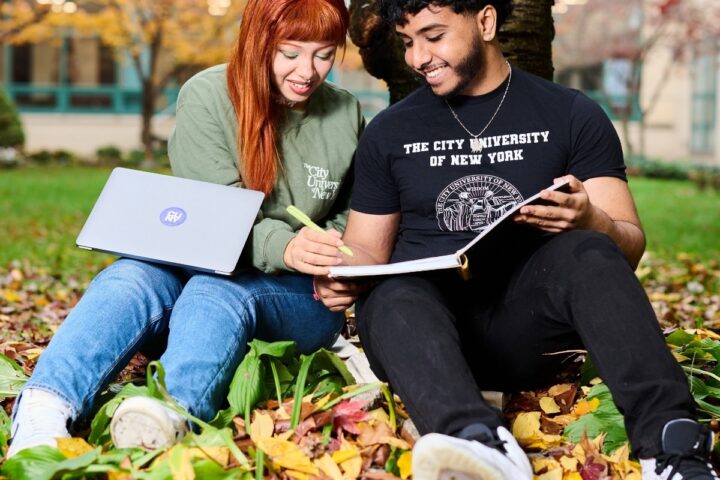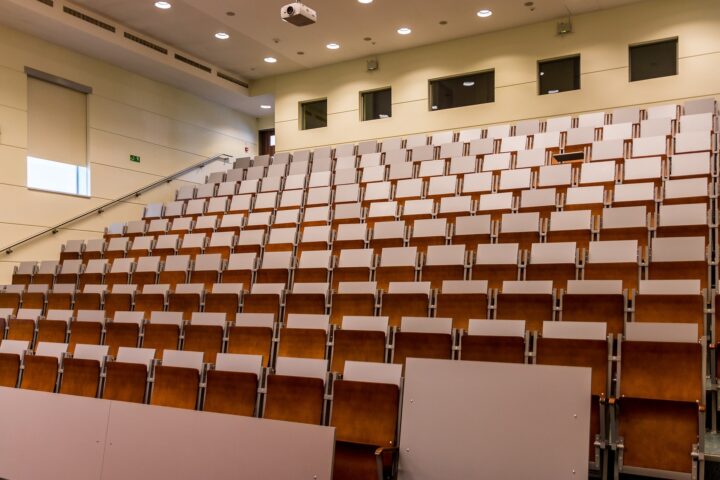Solar energy may not be the first thing most think of to power their homes and businesses, but one class at Queens College showed that it can be a viable, though challenging, option in Flushing.
During the spring 2012 semester, students of the Solar Flushing class, taught by urban studies professor Tarry Hum, conducted a study on the feasibility of photovoltaics, or solar panels, to be used in Flushing. They presented their findings on June 1 at the Queens Library in Flushing.
The class focused on politics, planning and community participation in solar energy advancement, according to Professor Hum. They covered the areas of Community Board 7, including the Mitchell-Linden neighborhood, looking for buildings that could host solar panels.
Solar Flushing analyzed data from the New York City Solar Map, an interactive online tool that allows users to estimate the solar energy potential for every building in New York City. Government policy was analyzed as well, including Manhattan borough president Scott Stringer’s Rooftop Revolution report and the NY Solar Jobs Act.
Researchers found that Rooftop Revolution, an initiative looking to install solar panels at city schools to generate electricity, could create up to 5,000 new jobs.
They also found that if solar panels were placed on rooftops in the Mitchell-Linden area, more than $400,000 could be saved annually on electricity; panels would pay for themselves in five and a half years.
“People should care about this because it’s their electricity,” said Carina Nieves, a research participant who graduated from QC in May 2012. “It would be homegrown, here in New York City, and with solar energy it would be a lot cheaper in the long term because energy rates are going up across the board.”
The class also collected research by interviewing stakeholders and community partners from different organizations. Amongst those interviewed were John Cho from One Flushing, council member Peter Koo and Assemblywoman Grace Meng.
“The reason we wanted to look at these community stakeholders was that [they] each brought a different perspective,” said William Leverett who graduated from QC in 2011. “See who can actually, once these initiatives are put in place, implement them within the community and who has stake within the community to influence social change and social development.”
One of the obstacles to solar energy is how costly solar panels can be, according to the class; however, there are ways to finance them.
Through subsidies, loans, grants and rebates for people who want to install solar technology, the project can be feasible.
“Advocates need to campaign for the federal government to create a solar energy program, funded by the government with subsidized money, that can be loaned to people who want to install solar panels and it can be paid back with interest. These loans can be recycled to new applicants producing a self-sustaining system,” said QC graduate student Sarah Salama, during the presentation. “Unfortunately, because energy is not seen as a huge crisis just yet, it is being ignored and put to the side and the problem is not going to go away.”
The report for the study is currently being edited, but will be available soon. A video of the presentation entitled “Solar Flushing” is available on YouTube.













